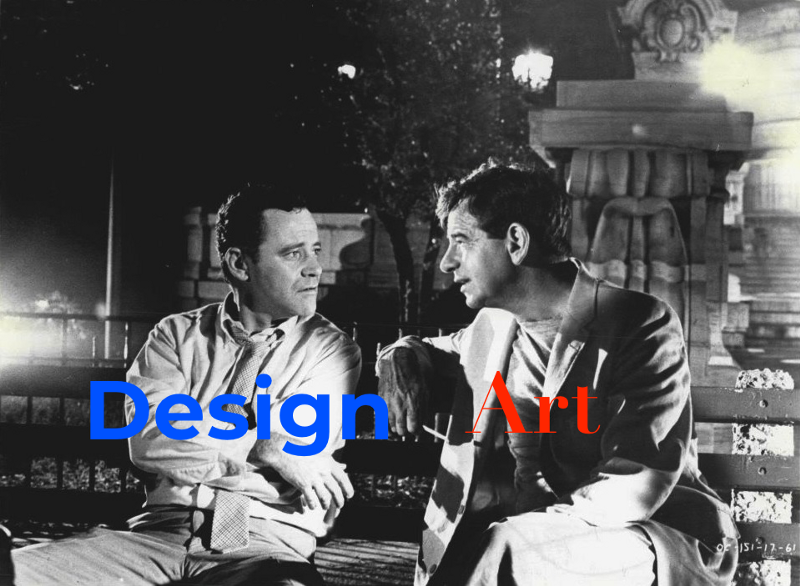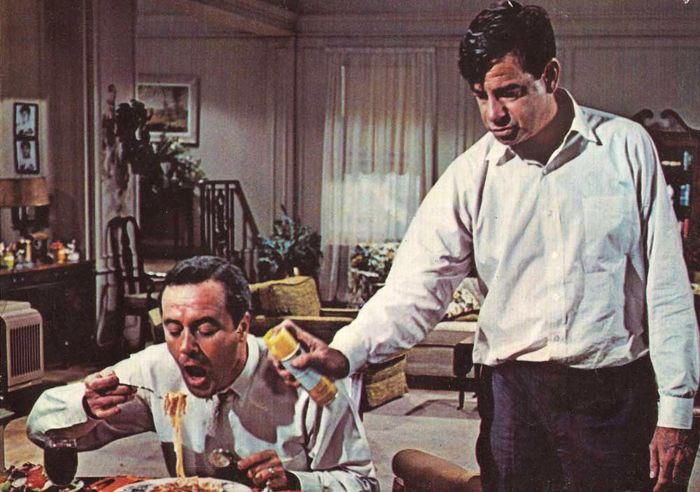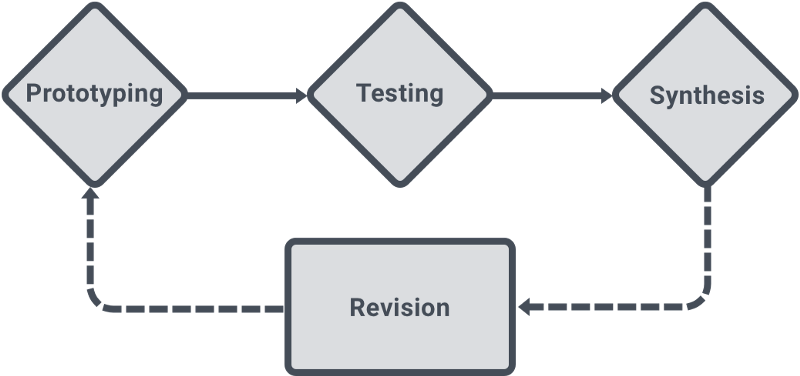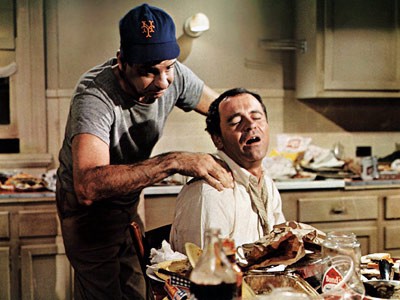Art & Design
The odd couple.

As an artist and educator turned UX designer I have been taking note of the parallels and differences between the practice of art making and design.
I have seen many people write about how art asks — design answers, art is for expression — design is for utility. These felt relatively close to explaining what one practice does versus the other, but the one I disagreed with most was art has no rules and no set process.
Art history sets the boundaries, the context, the questions, the frame for contemporary art. There is a language like design used in the community to discuss an art practice in order for others to understand. Without any of this, art would have a hard time existing. It is true art tends to ask more than it answers — it is more like something to contemplate, a rhetorical device. But there are rules around the questions mostly set by the context of culture and society that gain attention of viewers, curators and museums.
Design does have a stricter set of rules to be successful, it sets up the context and solves a problem typically. Design has a solution. Art is resolved.

But I believe that art making and design live in each other’s wheel house — like an odd couple — one a mess and one a neat freak in the same apartment. Both have processes which the other utilizes and requires in order to be successful whether it be a question or answer. Both are about creating experiences for someone other than the creator.
So I wanted to try to understand where my art practice — the what and how it worked — lives with my design practice. To do this I mapped out my art practice in a flow. But as you may notice I found it difficult to define what is an action versus a process since many things feel like both. So I resolved to letting ‘actions’ be initial jumping off points for longer series of actions which are identified as ‘processes’.

Then I did the same for my UX design practice.

After I compared the two overlaying the double diamond’s main segments, Discover -> Define -> Develop -> Deliver, with many segments overlapping since there is never a clear division.

After reflecting on these diagrams for both practices — art and design — I felt like the art in design fell in the prototyping loop (a sloppy process) where experiments are quickly generated, tested, and reflected on and then revised towards a solution to be delivered.

I also realized that art making needs a designed process with constraints in order to develop compelling questions. It is a funnel for creativity to bring something into being that was not there before.

Both art and design for me are necessary roommates in keeping creative energy flexible, compelling storytelling at the core and curiosity elevated.